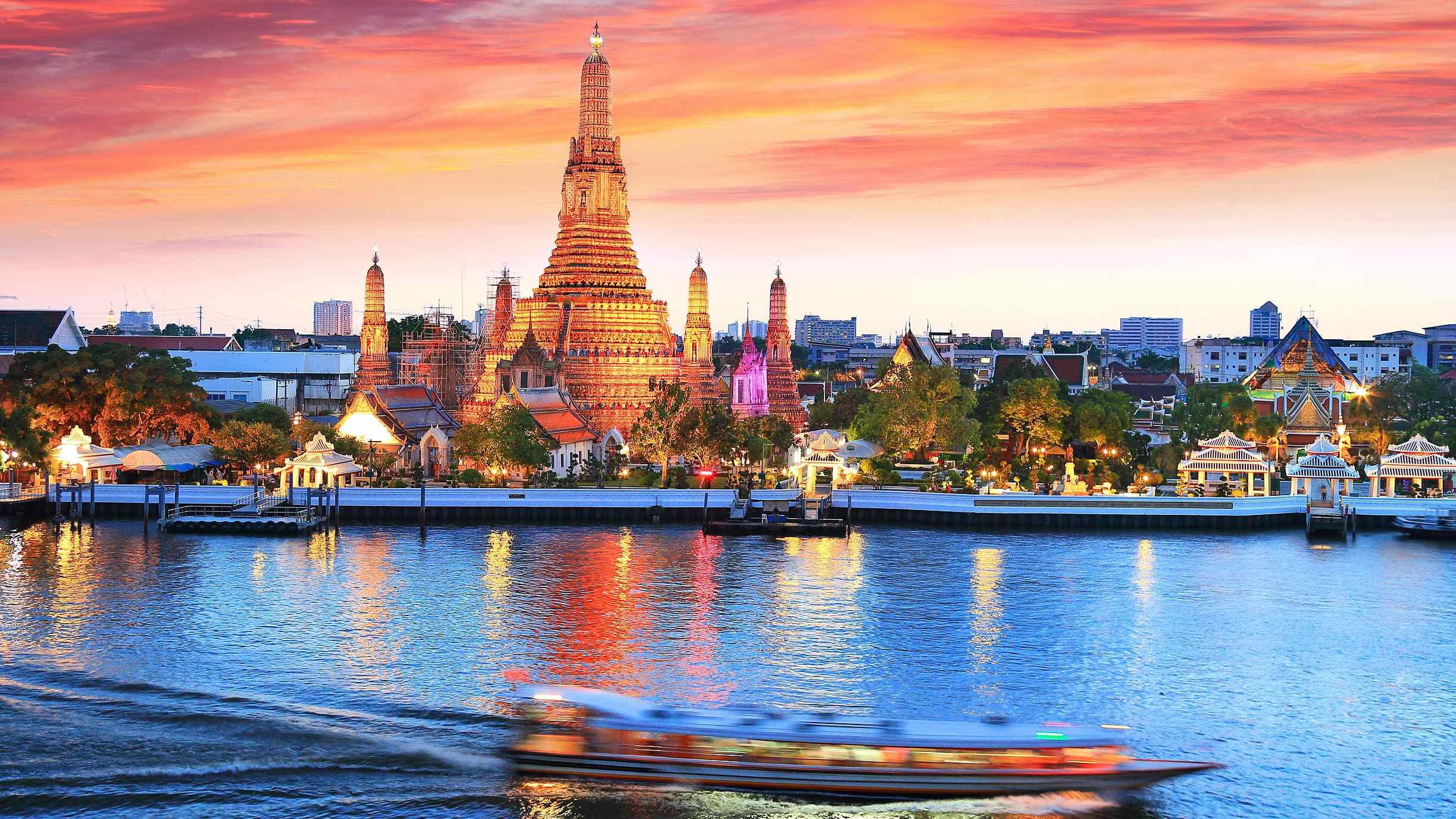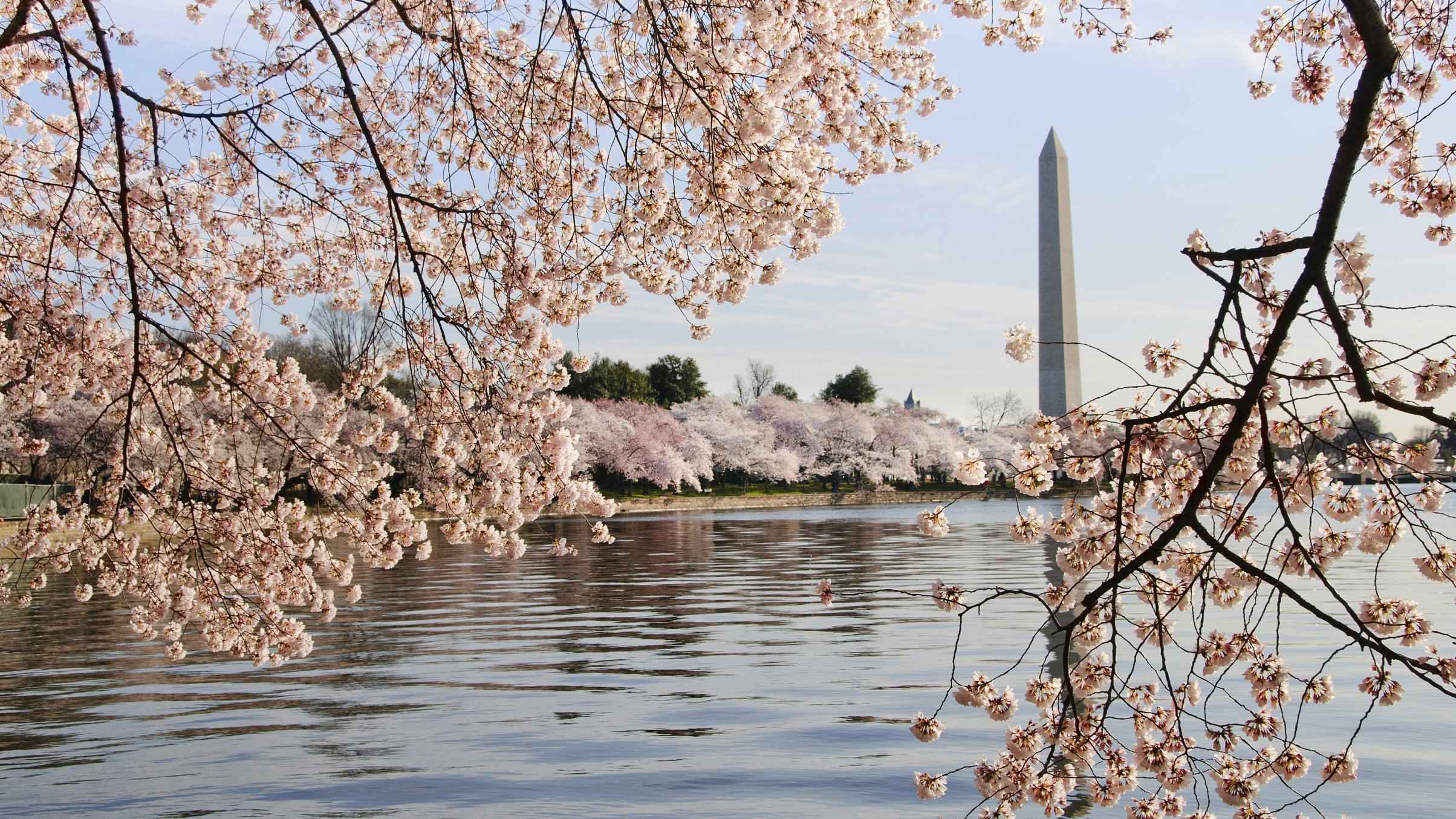
China
14:04, 08-Oct-2017
Overseas countries seize 'Golden Week' travel rush by offering customized services to Chinese holidaymakers
By CGTN's Song Yuanyuan

Lu Lingxi from south China's Guangxi Zhuang Autonomous Region said his family had not thought of going to Bali until September 29, a day before the week-long National Day holiday began. The last-minute decision did not disrupt their trip, thanks to the visa exemption policy Indonesia has adopted for visiting Chinese nationals.
As of 2017, visa-free and visa on arrival policies allow Chinese nationals holding ordinary passports to travel to 65 countries and regions without any hassle. The figure is up by 14 percent from last year, when the total number of countries and regions welcoming Chinese travelers with favorable visa policies stood at 57, according to China's Ministry of Foreign Affairs.

VCG Photo
VCG Photo
During the Golden Week, 41 percent of Chinese tourists chose to travel abroad, with six million trips made, accounting for five percent of the whole year’s outbound travel, according to the China Tourism Academy.
The number of outbound travel destinations increased to 88 from last year’s 68.
Favorable visa policies a boon for tourism in Southeast Asia
The top 10 visa-free and visa on arrival destinations during this year’s National Day holiday were Thailand, Indonesia, Vietnam, Russia, Cambodia, Maldives, the UAE, Sri Lanka, Mauritius and Nepal. Southeast Asian countries remained hot destinations for Chinese outbound tourists during the holiday.
Dai Bin, head of the academy, said over 45 percent of Chinese outbound holidaymakers chose Southeast Asia, noting that more flight connections between China and its southeastern neighbors and favorable visa policies for Chinese tourists there are behind the remarkable boom.
Nine of the 10 ASEAN members have rolled out visa-free or visa on arrival policies for Chinese tourists. More than 2,700 flights fly between China and ASEAN countries every week.
Thailand is still the main attraction for Chinese outbound travelers. Data by Chinese provider of travel services Ctrip show that over 20,000 people have decided on Thailand travel packages this holiday. Bangkok, Phuket, and Chiang Mai are the main travel spots.

Wat Arun in Bangkok /VCG Photo
Wat Arun in Bangkok /VCG Photo
2017 marks the China-ASEAN Year of Tourism, and promoting regional economic integration through tourism was part of the theme of the 14th China-ASEAN Expo held in Guangxi last month.
The THAAD missile crisis has led to Chinese tourists shying away from South Korea, and instead looking towards Southeast Asia. The number of Chinese tourists to South Korea dropped by 70 percent during this Golden Week, according to some estimates.
More customized Chinese services
The growing Chinese outbound tourism market has led to overseas travel spots seizing the golden opportunity by adopting more specialized services catering to Chinese arrivals as a way to attract them.
For example, Port Arthur in Australia not only provides audio tours of scenic attractions in Chinese language, but has also arranged four free Mandarin-speaking tours a day, each up to 45 minutes.

Port Arthur / Photo via portarthur.org.au
Port Arthur / Photo via portarthur.org.au
“Putonghua is the only foreign language interpretation we offer,” said Tammy, a staff member of Arthur Harbor. “Now I can say 'Hello, thank you, tickets in Chinese.'"
In the US, local restaurants are also customizing their menu for Chinese travelers.
David Bernan, general manager of Four Seasons Hotel in Washington, DC, said they started offering porridge for Chinese travelers and hot green tea to help them shake off travel fatigue.
In order to make travel industry professionals more aware of the preferences and tastes of Chinese tourists, the “Welcome China” program, initiated by the Tourism Bureau of Washington DC, encourages local merchants to recruit Chinese-speaking staff, offer menus and build websites with Chinese annotations.
The tourism bureau also offers lectures on Chinese customs and culture for travelling business people.

Cherry blossoms and monument, Washington, DC, the US /VCG photo
Cherry blossoms and monument, Washington, DC, the US /VCG photo
Thailand's tourism bureau and its five branches in China operate public accounts on Weibo and WeChat in China, further promoting tourism and providing more travel convenience and guidance to Chinese tourists.
Alipay and WeChat payments go global
As more Chinese tourists travel abroad, Alipay and WeChat payments are also stepping up their global reach. Alipay has covered more than 200,000 shops in 30 countries and regions, while WeChat payment has landed in over 130,000 shops globally and also supports transactions in 12 foreign currencies.
In hotels, supermarkets, department stores, duty-free malls, theme parks, taxis and even cruise ships, tourists now can just scan a code and pay.

VCG photo
VCG photo
In many places, customers can even get more discounts through digital payment, up to 15 percent off.
At the tax-refund counters in airports, fewer Chinese are queuing up as over 16 airports globally offer services via scanning technology, including in Berlin, Amsterdam, and Milan.
China is definitely leading the digital payment wave on a global scale, and it is facilitating our consumption in many ways, said Xu Sitao, chief economist at Deloitte China.
Experts say the Golden Week has also become a “Mobile Golden Week.” As Ctrip statistics show, more than 70 percent of tourists booked their travel orders through mobile apps. Besides bookings, travelers will use these apps to buy local travel products or search for guides.
(With inputs from Xinhua)

SITEMAP
Copyright © 2018 CGTN. Beijing ICP prepared NO.16065310-3
Copyright © 2018 CGTN. Beijing ICP prepared NO.16065310-3